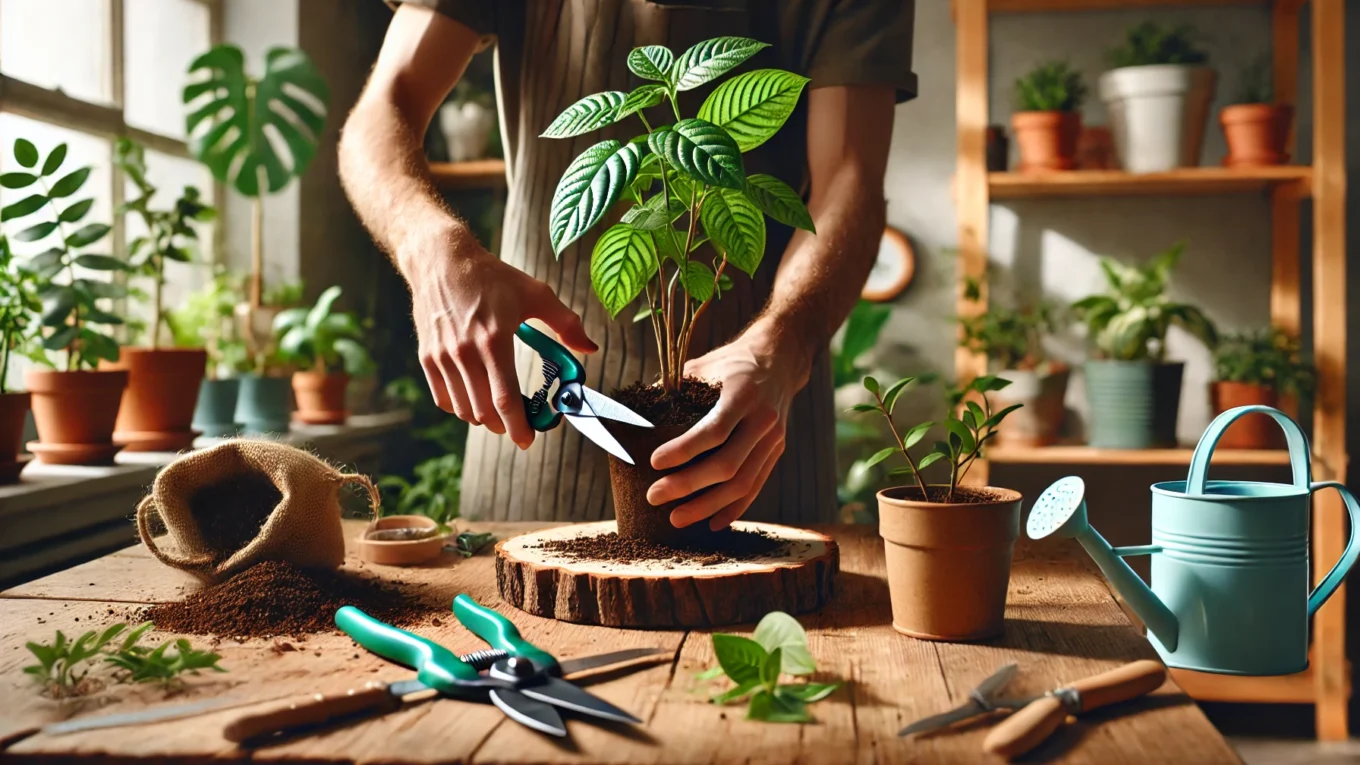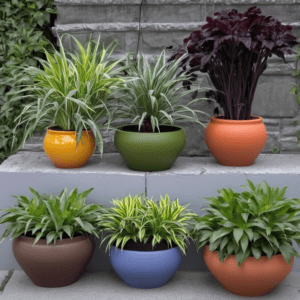How to Prune Plants to Promote Healthy Growth
Pruning is an essential gardening skill that helps plants grow stronger, produce more flowers, and stay disease-free. Many beginners hesitate to cut their plants, fearing they’ll harm them, but the truth is proper pruning encourages healthier growth.
In this guide, you’ll learn when, why, and how to prune different types of plants to keep them thriving.
1. Why is Pruning Important?
Pruning is more than just cutting off dead leaves—it helps plants grow better by:
✅ Removing dead or diseased parts to prevent infections.
✅ Encouraging new growth by directing energy to healthy branches.
✅ Improving airflow to reduce the risk of mold and pests.
✅ Shaping the plant for a more attractive appearance.
Not all plants need frequent pruning, but most benefit from occasional trimming to stay in top shape.
2. When is the Best Time to Prune?
Timing depends on the plant type. Here’s a general guide:
🌸 Flowering Plants
✔ Spring bloomers (lilacs, azaleas, hydrangeas) → Prune right after flowering.
✔ Summer bloomers (roses, hibiscus) → Prune in early spring before new growth starts.
🌿 Houseplants
✔ Trim dead or yellow leaves anytime.
✔ Prune for shape in spring or early summer.
🌳 Trees & Shrubs
✔ Prune in late winter or early spring before new growth starts.
✔ Avoid pruning in fall—it can stimulate weak growth before winter.
🌿 Herbs & Vegetables
✔ Pinch back basil, mint, and oregano regularly to promote bushy growth.
✔ Remove yellowing leaves from vegetables as needed.
📌 Tip: Always use clean, sharp pruning shears to avoid damaging the plant.
3. How to Prune Plants Correctly
Step 1: Identify What to Cut
🔍 Look for:
✔ Dead or yellow leaves.
✔ Overgrown stems making the plant too leggy.
✔ Branches growing inwards, blocking airflow.
Step 2: Use the Right Tools
✔ Hand pruners – Best for small stems and houseplants.
✔ Loppers – Good for thicker branches.
✔ Shears – Ideal for shaping bushes and hedges.
✔ Disinfectant – Always clean tools before and after pruning to prevent disease spread.
Step 3: Make Clean Cuts
✔ Cut at a 45-degree angle just above a node (where a leaf meets the stem).
✔ Avoid tearing or crushing the stem.
✔ Remove no more than 1/3 of the plant at a time to avoid stress.
4. Pruning Different Types of Plants
🌵 Succulents & Cacti
✔ Remove damaged leaves or stems using sharp scissors.
✔ Cut overgrown succulents and replant cuttings.
🌿 Indoor Plants (Pothos, Monstera, Snake Plant)
✔ Trim long, leggy stems to encourage bushier growth.
✔ Cut off yellow or dead leaves at the base.
🌳 Fruit Trees
✔ Remove crossing branches to improve air circulation.
✔ Trim in late winter to boost spring fruit production.
🌸 Roses & Flowering Plants
✔ Prune dead flowers (deadheading) to promote more blooms.
✔ Cut back weak stems to encourage stronger growth.
5. Common Pruning Mistakes to Avoid
🚨 Over-pruning – Removing too much at once can stress the plant.
🚨 Pruning at the wrong time – Cutting in fall can lead to weak growth before winter.
🚨 Using dull or dirty tools – This can cause damage and spread disease.
6. Final Thoughts: Keep Your Plants Healthy with Proper Pruning
Pruning is essential for plant health, shape, and growth. Once you understand how and when to prune, your plants will thrive and look their best!
🌿 Key takeaways:
✔ Remove dead leaves and weak stems regularly.
✔ Prune at the right time for each plant type.
✔ Use clean, sharp tools to avoid damage.
✔ Cut at a 45-degree angle for proper healing.
With these techniques, your plants will grow stronger, healthier, and more beautiful all year round! 🌱✂️








